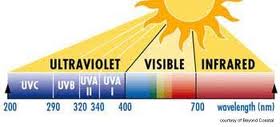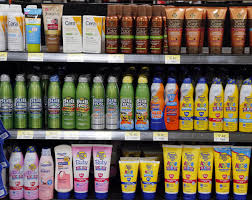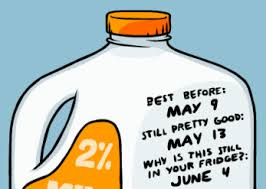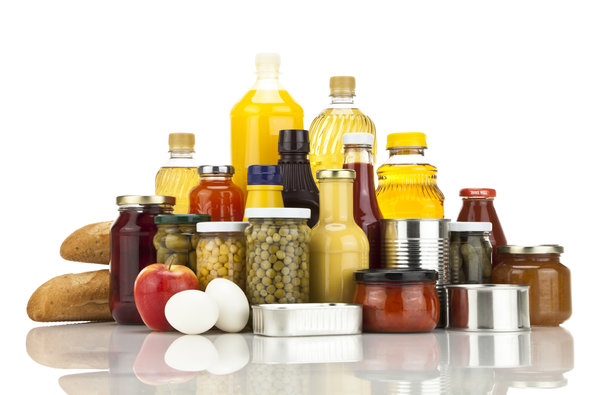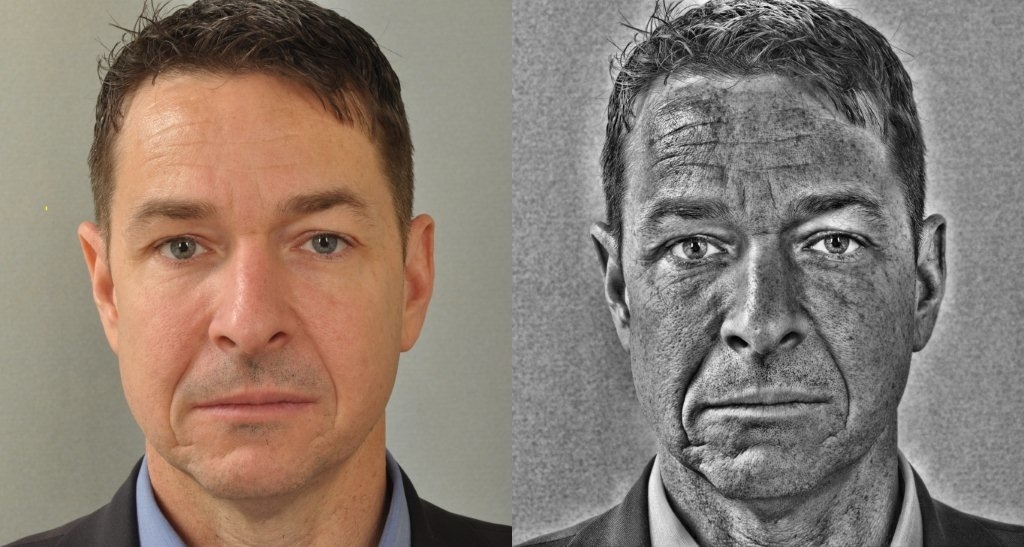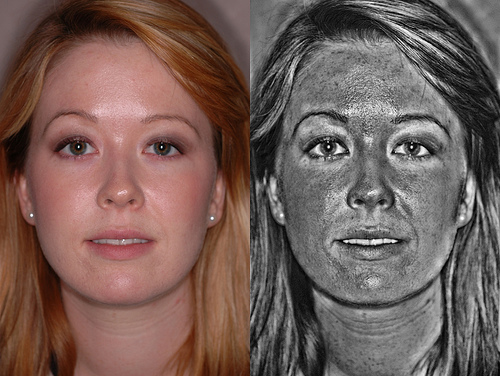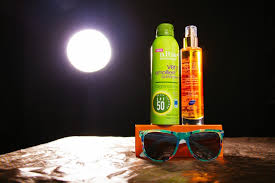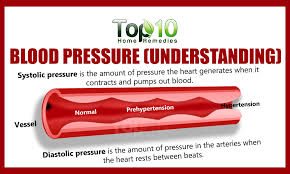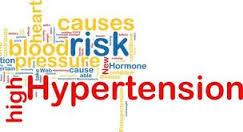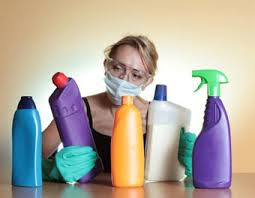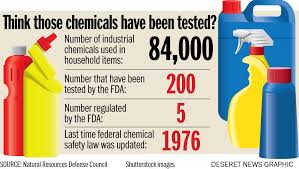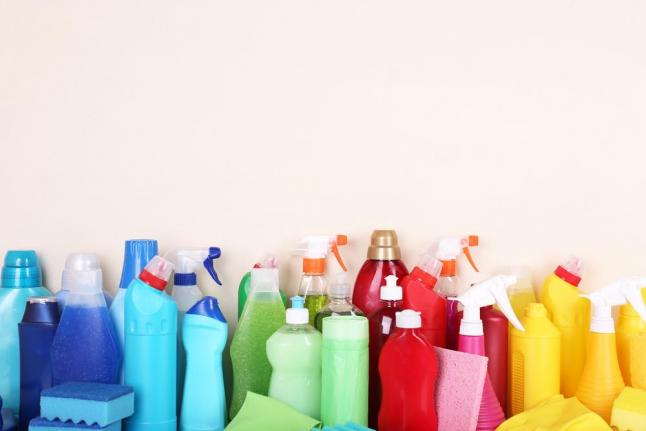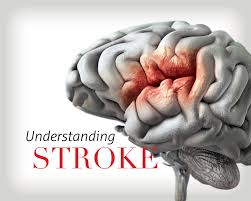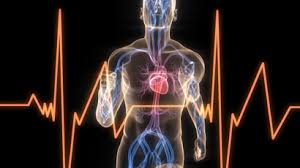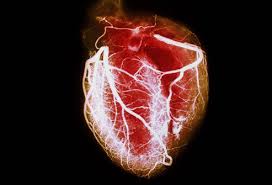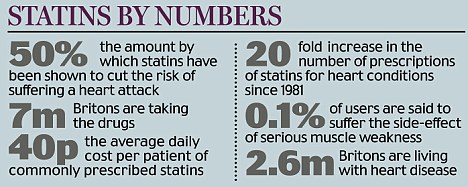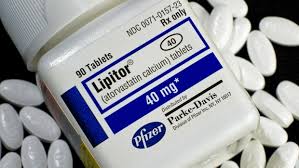The benefits of staying active as we age are striking. In addition to keeping the body strong, regular exercise can 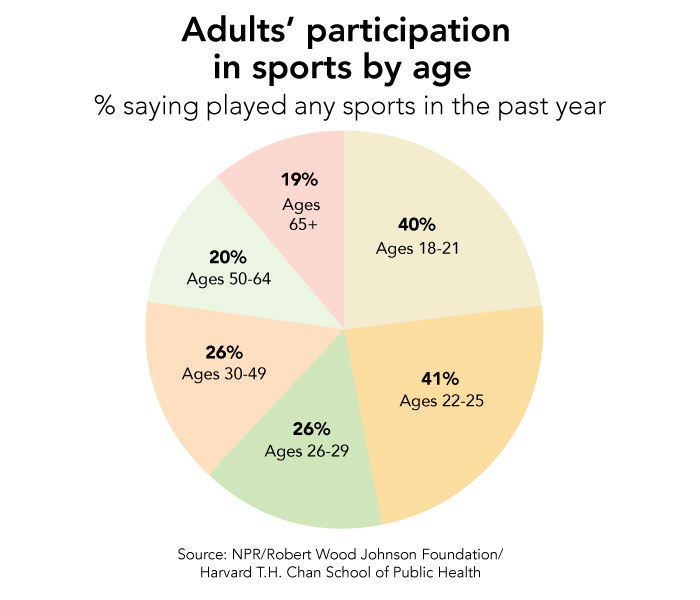 reduce the risk of heart disease, blood pressure, stroke, and some cancers, experts say. It can even improve cognitive function.
reduce the risk of heart disease, blood pressure, stroke, and some cancers, experts say. It can even improve cognitive function.
But if keeping the body moving is so good for us, why do so many adults who played sports when they were young stop doing so? The reasons, according to a new study, include a lack of time, interest, or access, in addition to health issues. The study also found a clear gender and income gap.
A panel of experts gathered at the Harvard T.H. Chan School of Public Health (HSPH) on Thursday to discuss the findings and explore ways to keep adults in the game.
The new poll, conducted by National Public Radio, the Robert Wood Johnson Foundation, and the Harvard Chan School, interviewed 2,506 adults over the age of 18. It found that the majority of those who had played sports when they were younger no longer did, with a significant drop-off coming after age 26. (The poll did find that about half of those surveyed said they exercised regularly, including by walking or weightlifting.)
The study revealed that while 40 percent of 18- to 21-year-olds, and 41 percent of 22- to 25-year-olds, play sports, only 26 percent of 26- to 49-year-olds do so, and just 20 percent of adults 50 and over.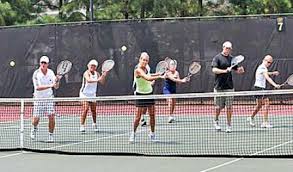
Somewhat surprisingly, their own lack of participation did little to quell parents’ enthusiasm for their children’s engagement with sports. In the poll, 89 percent of parents with a middle or high school-aged child said their child benefitted greatly from playing sports, which improves mental and physical health, discipline, dedication, and social skills.
“The poll sums up the question: Is there some way to bridge a gap  between the enthusiasm of the power of [sports] for health and other reasons for children, [and getting adults] to carry on after age 26?” said Robert Blendon, the Richard L. Menschel Professor at HSPH and a lead author on the report.
between the enthusiasm of the power of [sports] for health and other reasons for children, [and getting adults] to carry on after age 26?” said Robert Blendon, the Richard L. Menschel Professor at HSPH and a lead author on the report.
Blendon said about half of the adults surveyed indicated they no longer play sports because of a health problem, a lack of interest, or inconvenience. “So we’ve switched from all the advantages [for] kids,” said Blendon, “to all the disadvantages for me.”
Source: Harvard Gazette





